Choosing the Perfect Dog Belt for Safety and Style
Dogs have always been wonderful friends, offering loyalty, love, and an endless source of joy. Selecting the ideal dog belt is crucial for assuring their security and comfort.
In this blog, we'll examine the wide range of dog belt, including customized harness, leashes, collars, and more.
This blog will assist you in navigating the choices and selecting the best solution for your furry buddy, whether you are an experienced pet owner or a first-timer.

The Importance of a Dog Belt
When it comes to the safety of your furry friend, a dog belt is a non-negotiable accessory. It not only keeps your dog secure but also ensures the safety of those around them.
The right dog belt can be a game-changer in your pet's life, offering the freedom to explore while keeping them out of harm's way.
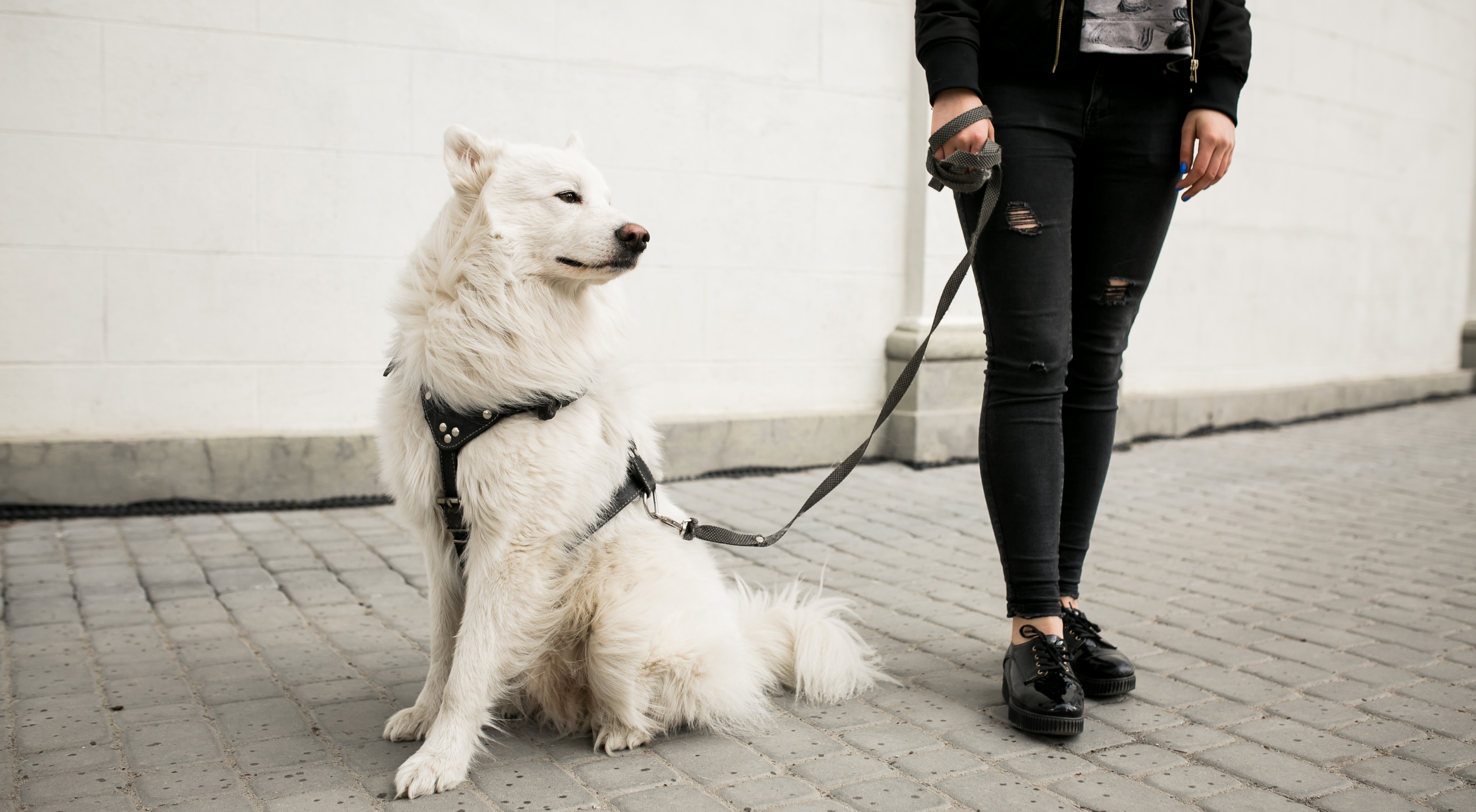
Safety First - Types of Dog Belts
Selecting a dog belt must be done with safety in mind. Due to the way they are made, harnesses are frequently the safest option since they uniformly distribute pressure over your dog's body.
They are perfect for active or interested dogs since they reduce neck strain and the chance of escape.
However, collars are good for identification but can be a choking hazard, therefore it's preferable to use them with a harness or leash. Let's explore each in detail to help you make an informed decision:
Harnesses
Dog Harnesses are a popular choice, particularly for dogs that tend to pull on their leash. They evenly distribute the force across your dog's chest and back, reducing the risk of injury. For maximum comfort, Look for a harness with good comfort.
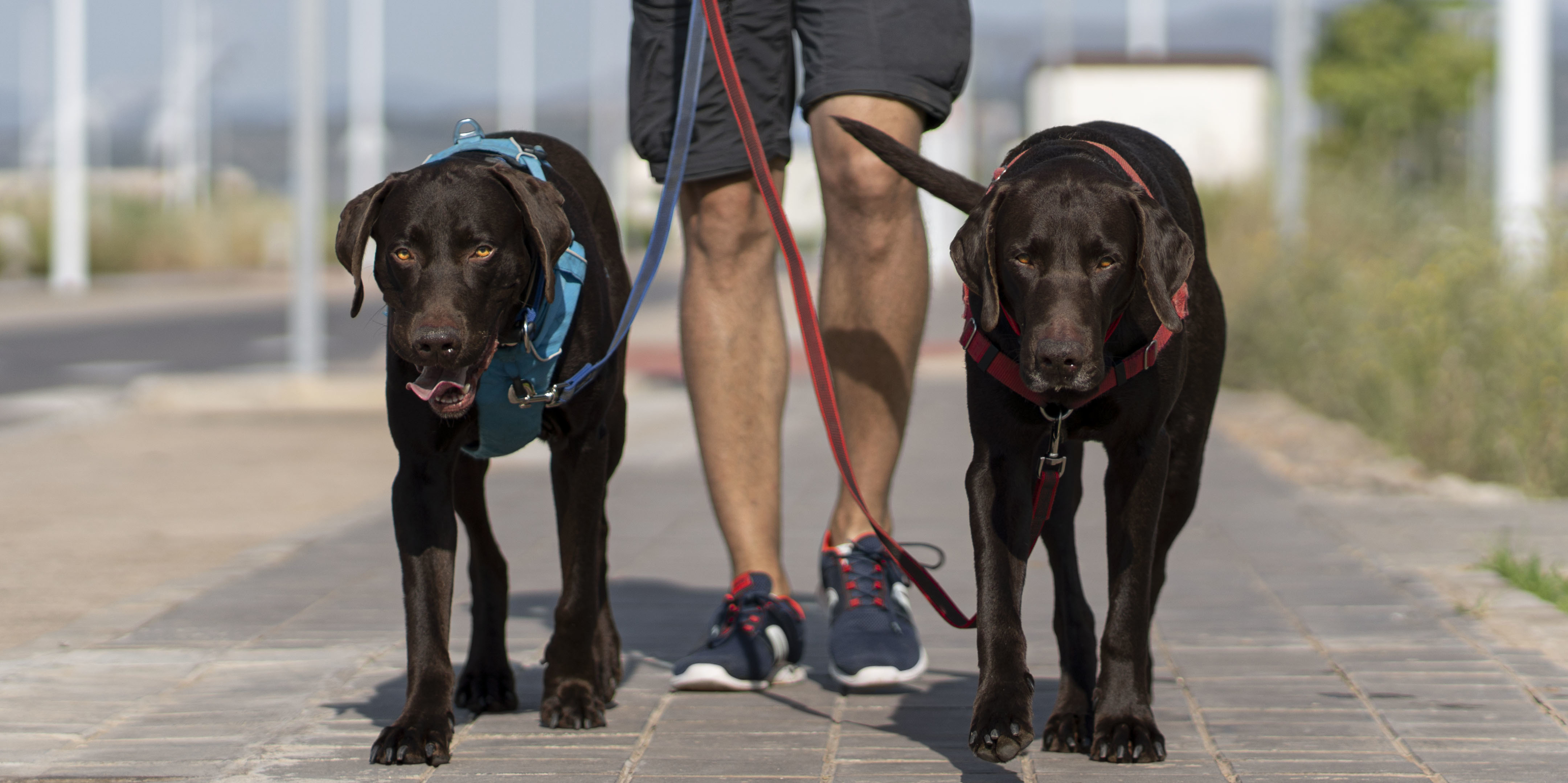
Leashes
Leashes are a classic and straightforward option. They provide control while allowing your dog some freedom to move. For more active dogs, consider a sturdy, chew-resistant leash.

Collars
For well-mannered dogs who don't pull excessively, collars are suitable. Choose a customized collar with a snug fit around your dog's neck that is adjustable.
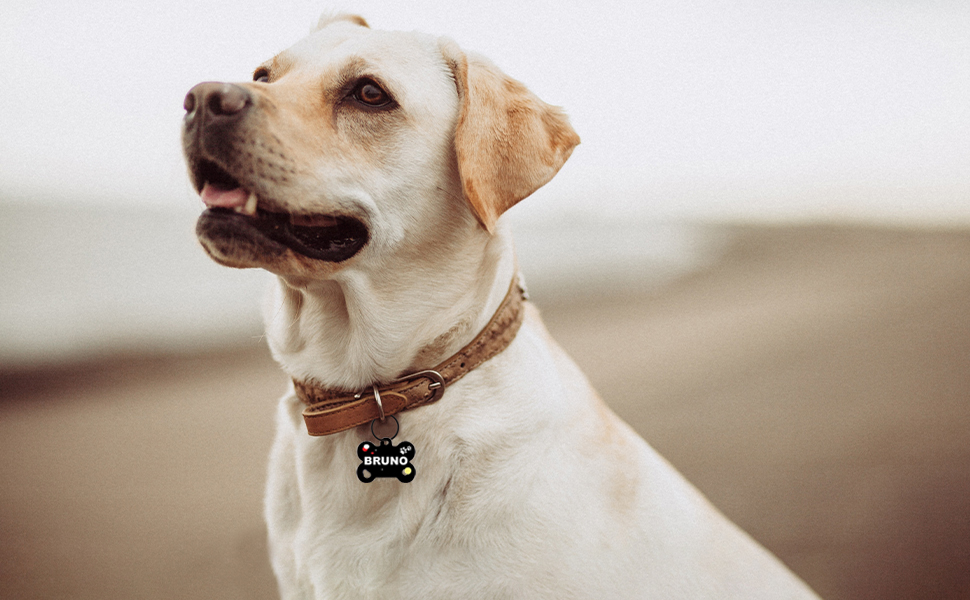
Material Matters - Choosing the Right Fabric
The best material for your dog belt is nylon with soft foam fabric, which stands out as a great choice. This combination provides great comfort and durability.
Your belt will be able to survive daily usage wear and tear thanks to nylon, which is known for its strength and ease of cleaning.
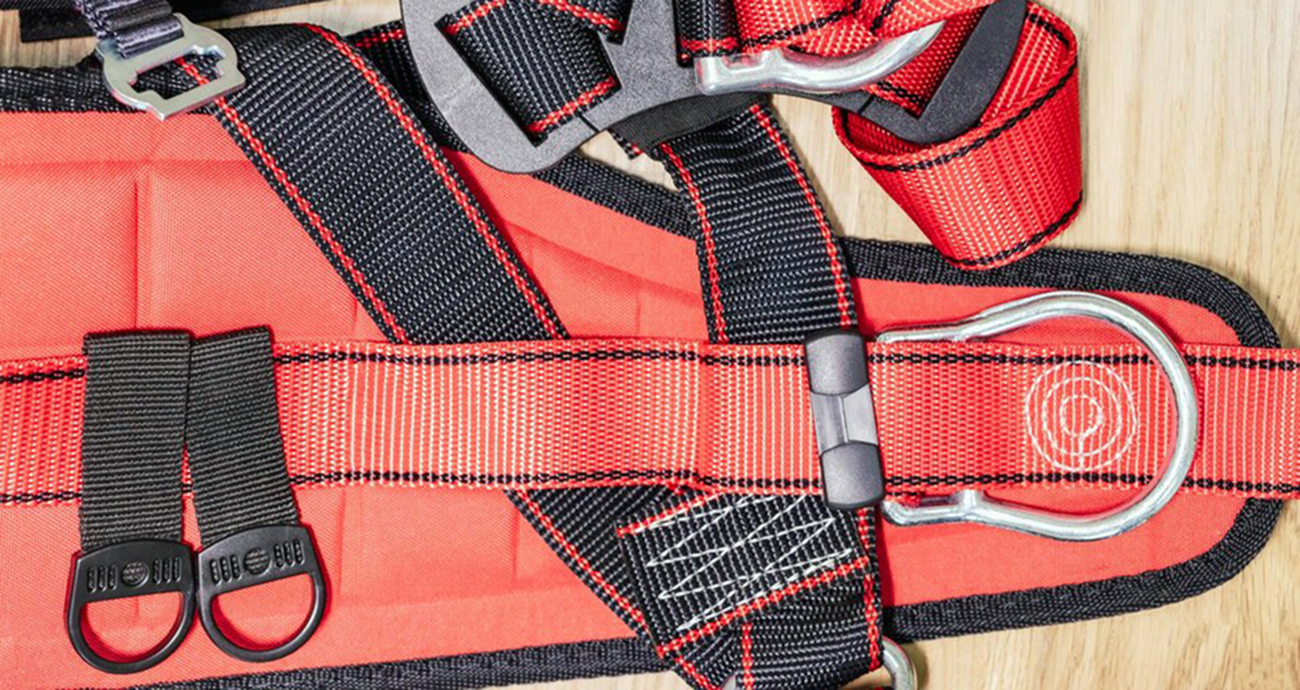
On the other side, soft foam fabric offers a cushioned and delicate touch on your dog's skin, and the possibility of hassle is reduced. This winning mix provides the optimal durability and comfort ratio, making sure your pet is secure and comfortable on your walks.
Finding the Perfect Fit
One size does not fit all when it comes to dog belts. A proper fit is essential for harnesses and collars. Always take measurements of your dog's neck and chest before making a purchase to ensure a secure fit that isn't too tight.

Harnesses with adjustable straps allow for a personalized fit as your dog develops. Depending on the size of your dog and the way you want to walk, you should also take into account the length of the dog leash.
Reflecting on Visibility
Safety doesn't end with choosing the right type of dog belt. Ensuring your dog is visible during nighttime walks is equally important. Reflective or LED features in harnesses, leashes, and collars can significantly enhance visibility, reducing the risk of accidents.
Fashion Meets Function
Functionality is not sacrificed when choosing a fashionable dog belt. A variety of styles, colors, and patterns are available from several manufacturers to match your pet's personality and personal taste.
There are dog belts available that not only keep your dog secure but also look good.
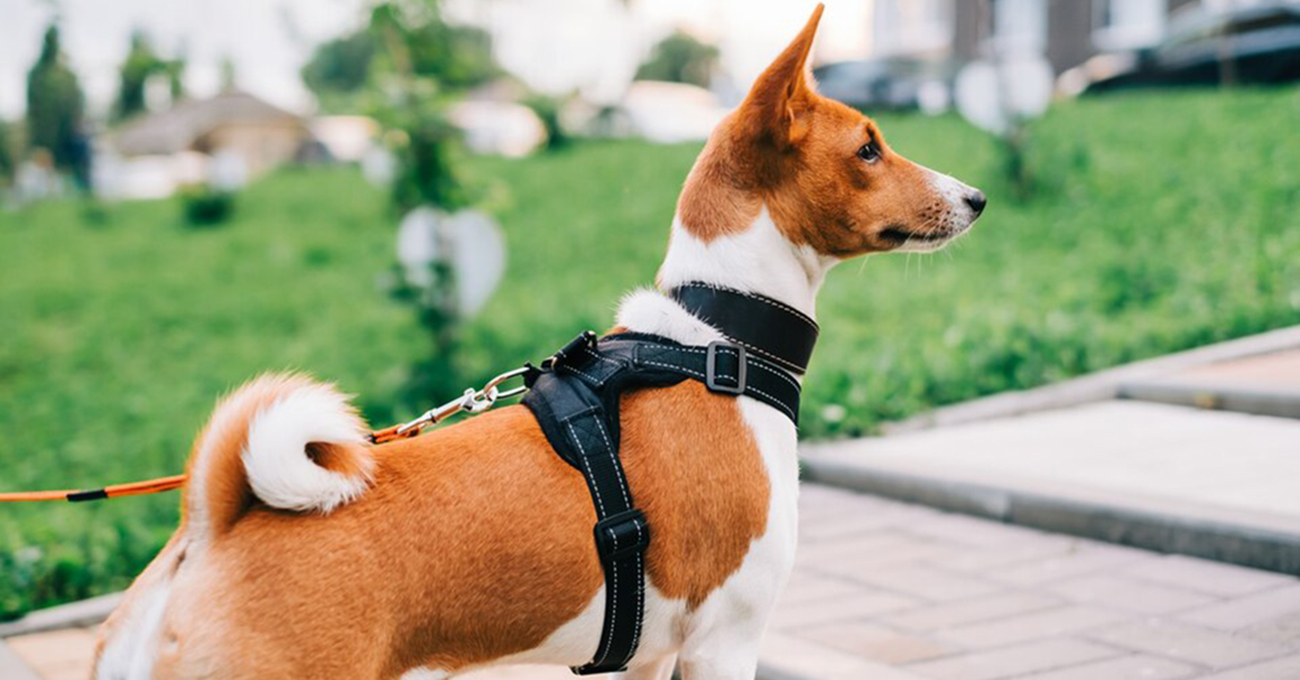
Comfort for Your Furry Friend
Your pet's welfare is of the highest priority. To avoid rubbing and pain, look for supported collars and harnesses. Long walks are more easy to hold onto when the leash has ergonomic grips.
Your pet will enjoy their walks and other activities more if you put their comfort first.
Additional Features
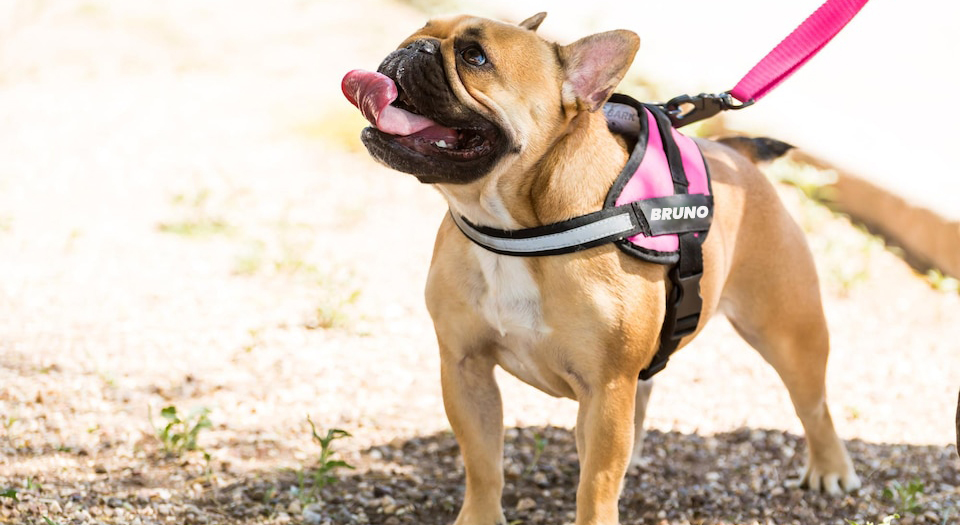
Dog belts come with a range of additional features that can enhance their utility:
- Pockets and storage options for carrying treats or waste bags.
- Quick-release buckles for easy on and off.
- D-rings for attaching accessories like water bowls or keys.
- Anti-pull mechanisms for better control during walks.
Training and Transitioning
Transitioning your dog to a new belt, especially a harness, may require patience and training. Use positive reinforcement techniques to help your dog get accustomed to their new gear.

Harnesses can also assist in training by discouraging pulling and promoting good leash manners.
Maintenance and Care
To ensure your dog belt lasts, proper maintenance is essential. Regularly inspect and clean the belt, removing dirt and debris. Collars and leashes can often be machine-washed, while harnesses may require hand cleaning.

Be sure to check for any signs of wear and tear, such as fraying or loose stitching, and replace the belt as needed.
Which Type of Dog Belt is Best?
The best type of dog belt often depends on your dog's size, breed, and specific needs. However, harnesses are frequently considered the best choice.
They distribute pressure evenly, preventing neck strain and reducing the risk of escape. Harnesses come in various styles, so choosing the best one for your dog should be based on their individual characteristics.
Which Dog Harness is the Safest?
The safety of a dog harness depends on factors like design, materials, and fit. Front-clip harnesses, which discourage pulling and promote better control, are often considered safe choices.
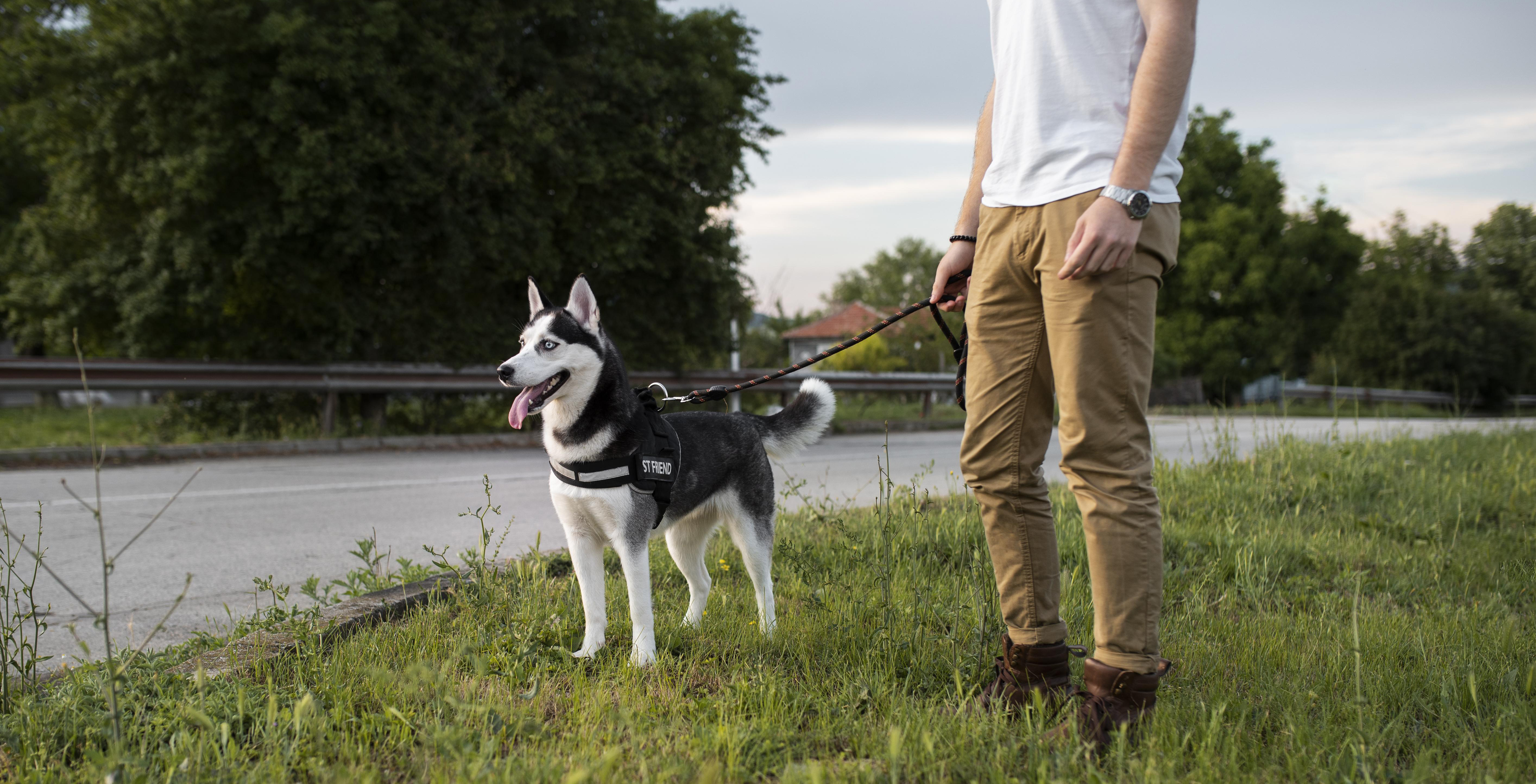
Additionally, look for harnesses made of durable materials like nylon or neoprene and ensure a snug but not overly tight fit.
How Do I Choose a Harness for My Dog?
Choosing the right harness for your dog involves several steps:
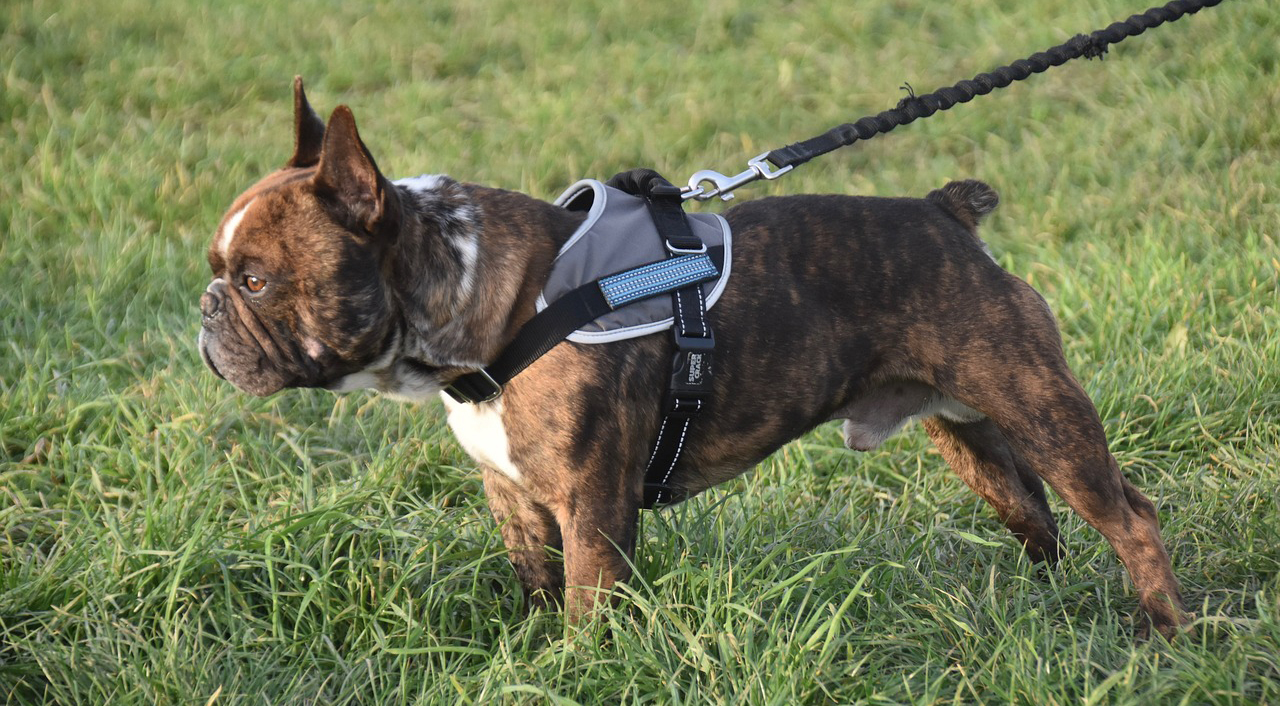
- Measure your dog's neck and chest to determine the appropriate size.
- Consider the style of the harness, such as step-in, back-clip, or front-clip, based on your dog's behaviour and your walking preferences.
- Ensure the harness has adjustable straps for a customizable fit, especially if your dog is still growing.
- Opt for padded harnesses to provide comfort and prevent chafing.
What is a Safety Strap for Dogs?
A safety strap for dogs is essential when travelling in a vehicle with your canine companion. It's often called a seat belt or restraint. These straps typically attach to a harness.
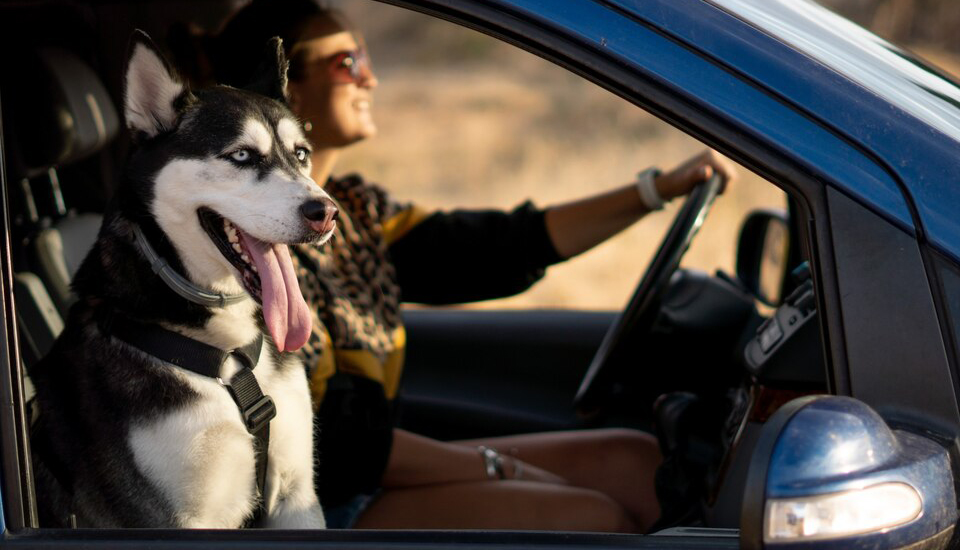
They secure your dog in the car. This helps prevent them from moving around. It also protects them from getting injured during sudden stops or accidents.
What is the Most Secure Collar for Dogs?
While collars are essential for identification, they may not be the most secure option on their own. Choose a high-quality, durable material like nylon to make a collar more secure. Additionally, consider personalized collars with identification tags.
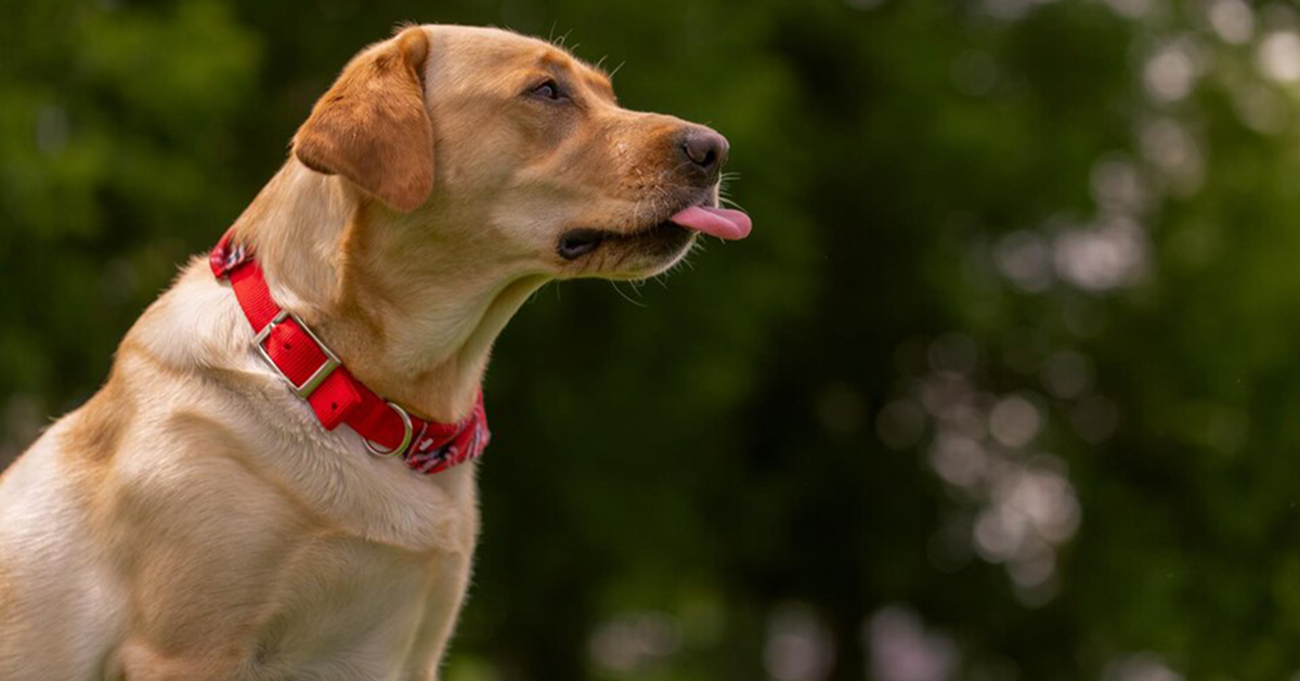
However, for utmost security and safety during walks, it's recommended to use a harness in conjunction with a collar. This combination provides both identification and a secure way to control your dog during outings.
Conclusion
In conclusion, choosing the perfect dog belt for safety and style is a decision that requires careful consideration. While the "best" dog belt may vary depending on your dog's size, breed, and personality, harnesses are often recommended for safety and comfort.
By understanding the different types of dog belts available, prioritizing safety, comfort, and style, and considering additional features, you can make an informed choice that ensures your furry friend's well-being during every walk and adventure.